Heinz-Otto Peitgen, Hartmut Jürgens, Dietmar Saupe9780387202297, 9780387218236, 0387202293
Amazon.com Review Fascinating and authoritative, Chaos and Fractals: New Frontiers of Science is a truly remarkable book that documents recent discoveries in chaos theory with plenty of mathematical detail, but without alienating the general reader. In all, this text offers an extremely rich and engaging tour of this quite revolutionary branch of mathematical research.
The most appealing aspect about Chaos and Fractals has to be its hundreds of images and graphics (with dozens in full-color) used to illustrate key concepts. Even the math-averse reader should be able to follow the basic presentation of chaos and fractals here. Since fractals often mimic natural shapes such as mountains, plants, and other biological forms, they lend themselves especially well to visual representation.
Early chapters here document the mathematical oddities (or “monsters”) such as the Sierpinski Gasket and the Koch Curve, which laid the groundwork for later discoveries in fractals. The book does a fine job of placing recent discoveries about chaos into a tradition of earlier mathematical research. Its description of the work of mathematicians like Pascal, Kepler, Poincaré, Sierpinski, Koch, and Mandelbrot makes for a fine read, a detective story that ends with the discovery of order in chaos. (For programmers, the authors provide short algorithms and BASIC code, which lets you try out plotting various fractals on your own.)
This is not, however, only a book of pretty pictures. For the reader who needs the mathematics behind chaos theory, the authors in no way dumb down the details. (But because the richer mathematical material is set off from the main text, the general reader can still make headway without getting lost.)
There have been advances in the field since this book’s publication in 1992, but Chaos and Fractals remains an authoritative general reference on chaos theory and fractals. A must for math students (and math enthusiasts), Chaos and Fractals also deserves a place on the bookshelf of any general reader or programmer who wants to understand how today’s mathematicians and scientists make sense of our world using chaos theory. –Richard Dragan
Topics covered: Overview of fractals and chaos theory, feedback and multiple reduction copy machines (MRCMs), the Cantor Set, the Sierpinski Gasket and Carpet, the Pascal Triangle, the Koch Curve, Julia Sets, similarity, measuring fractal curves, fractal dimensions, transformations and contraction mapping, image compression, chaos games, fractals and nature, L-systems, cellular automata basics, attractors and strange attractors, Henon’s Attractor, Rössler and Lorenz Attractors, randomness in fractals, the Brownian motion, fractal landscapes, sensitivity and periodic points, complex arithmetic basics, the Mandelbrot Set, and multifractal measures.
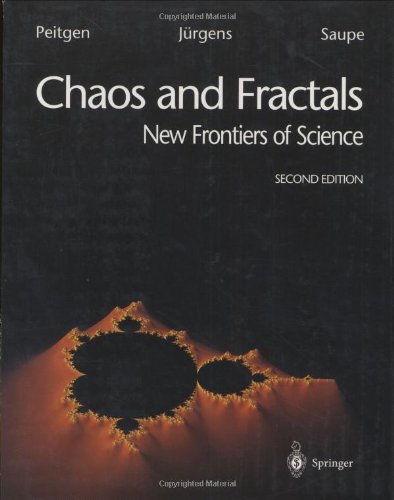
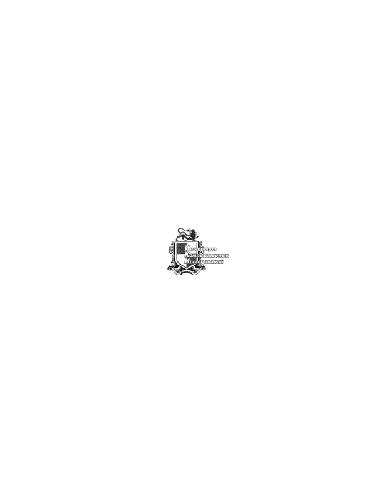
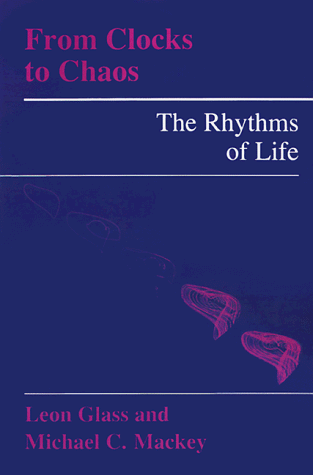
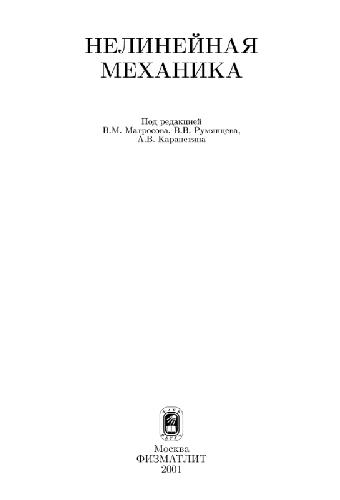
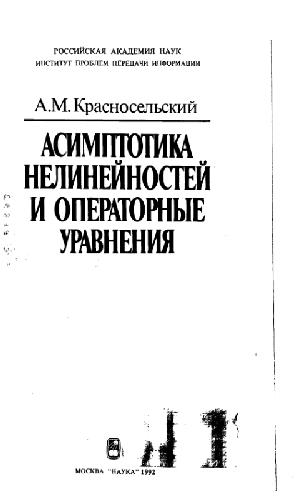
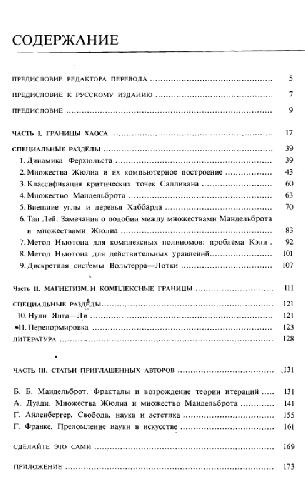

Reviews
There are no reviews yet.